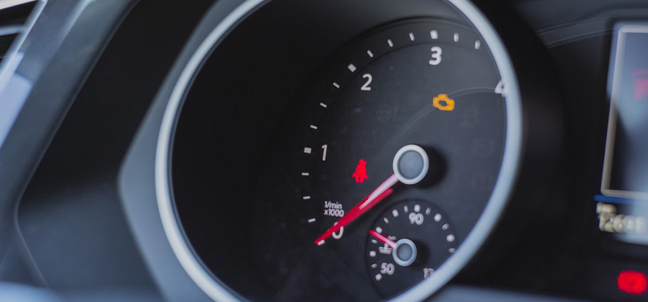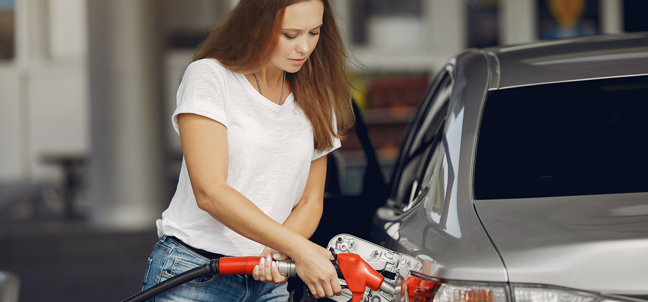There are choices you can make that can extend your mileage, even before setting off. This guide will walk you through how to maximise your fuel efficiency and get every last mile from your car. The great thing is that many of these tips are simple changes that, when used in conjunction, can make a difference.
Preparation
Before turning on the ignition, there are things you can do to streamline your car for its journey. First of all is removing any unnecessary weight you might have left in your car. More weight equals more power needed to move it, so unpack anything you don’t need for your journey.
One thing that a lot of drivers overlook in their quest for a higher MPG is tyre pressure. Make sure they’re at the right level for your load (heavier loads will need a higher pressure) before you set out. Lower pressure in the tyres means each of them has a larger ‘footprint’ and the engine has to work harder to move the car. Keeping the pressure high makes it smaller and gives you a more efficient trip.

Don’t pull away yet though, because you need to plan your route properly. A stop-start-heavy route will scupper your best efforts to be efficient, so check the state of the roads you plan to take beforehand. Routes with lots of jams or road works should be avoided in favour of taking one that will allow your car to maintain a constant speed as long as possible.
Finally, don’t forget to switch your car’s driving mode to ‘eco’ or your model’s equivalent. This is especially important for electric and hybrid vehicles, as this increases its rolling resistance and recharges the batteries any time you’re slowing down.
On the Road
While the car’s in motion, the key word for maximum efficiency is anticipation. The objective is to avoid accelerating only to brake soon after – look at the traffic beyond the car in front and anticipate speed reductions before you need to use the pedal, braking as lightly as possible. When accelerating, try to be gentle, using only the power you need to get your car up to speed. If you have a manual gearbox, try to shift gears at a lower RPM – around 2500 for petrol engines, 2000 for diesel. Maintaining the highest gear you can while sticking to the speed limit will help get your further for less fuel too.

Speaking of the speed limit, sticking to it (as all good drivers should) will increase your efficiency by lowering the air resistance on your car. Even lowering it by five or ten mph on the motorway will have a noticeable effect. Another motorway tactic is making use of cruise control; keeping your car at a constant speed will help up your fuel efficiency. With the rise of adaptive cruise control, which automatically slows your car to match traffic ahead, it makes this tactic even easier to implement.
Inside the cockpit, the main draw on the engine is, infamously, the air conditioning and heating. Try to dress for the weather inside the car – especially in winter – so you rely less on the AC to make your car comfortable. Opening the window is an option when the weather’s warmer, but it can cause excess drag on the car at higher speeds; this is best done when travelling under 40mph.
Of course, one major way to improve your MPG is… to buy a more fuel-efficient car! Modern engines are much better at squeezing every last bit of energy out of fuels. On top of this, hybrids engines inject electrical power at lower speeds to add miles without burning more fuel, being recharged over time by the engine itself or via charge points. For the most impact, downsizing your car will be one of the best changes you can make, both for your wallet and for the environment.
View latest offers from Motor Source Group
